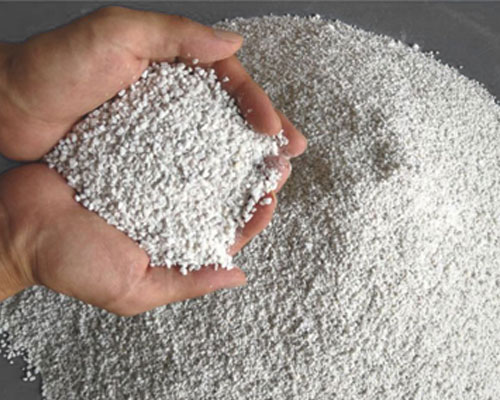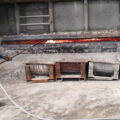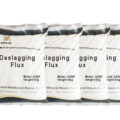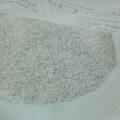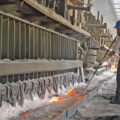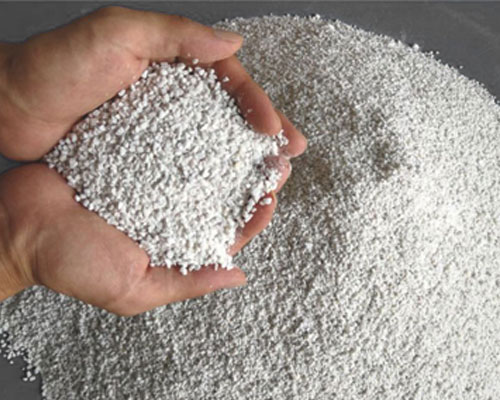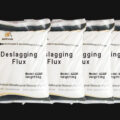Aluminum refining flux is mainly used for removing slag. When the content of slag and gas in the melt of aluminum and aluminum alloy is too high, it will greatly increase the probability of metallurgical defects, such as porosity and inclusions in the slab. In turn, it reduces the strength and plasticity of the material and affects the surface quality of the product. When the sodium content in the aluminum alloy is too high, it is easy to form a liquid adsorption layer on the surface or grain boundaries of the dendrite during hot working, resulting in brittle cracking of the high-magnesium aluminum alloy. Therefore, the slag, gas and alkali metals in the melt should be removed as much as possible during the melt treatment of aluminum and aluminum alloys.
Aluminum Refining Flux Market
At present, the main components of the refining flux for slag removal of aluminum and aluminum alloys on the market are composed of sodium chloride, potassium chloride, and magnesium chloride. Among which the chloride salt component accounts for more than 80%. The above-mentioned chloride salt has a light density and can spread well on the surface of the aluminum melt, but the flux containing only the chlorine salt has limited ability to absorb and dissolve the slag.
Adding a small amount of fluorine salt to the chlorine salt flux can enhance the flux’s adsorption and dissolution of the slag, and promote the separation between the slag and the aluminum liquid, and improve the refining effect. A sodium-free refining agent, its components are potassium fluoroaluminate, calcium fluoride, potassium carbonate, potassium sulfate, barium sulfate, potassium chloride and anhydrous aluminum chloride. But the density of barium sulfate is greater (4. 50 g / cm3), it is not easy to float out during use, and barium sulfate and calcium fluoride also easily bring impurity elements to the aluminum alloy melt.

In addition, most of the chloride salt components contained in the flux easily absorb moisture in the air, and some chloride salts (such as magnesium chloride) often exist in the form of crystalline hydrates. If this part of water cannot be completely removed, it will increase the hydrogen content in the aluminum alloy melt as the flux enters the aluminum alloy melt. Most current aluminum alloy flux production is made by simple mechanical mixing of various components, this method can not completely remove the moisture in the flux.
For aluminum alloy melts with strict gas content and alkali metal content control, in addition to using nitrogen or argon as the refining gas, it is often necessary to use a more reactive chlorine gas and hexachloroethane for melt treatment. Although chlorine and hexachloroethane have a good refining effect, they are hazardous to workers’ health, equipment, and environment, and can be life-threatening in severe cases.
Add aluminum refining flux to the aluminum smelter, it can improve the quality of castings. They are blended for specific processes and applications. Flux assists in protecting surfaces, treating scum, cleaning furnace walls, cleaning metals, hydrogenating and refining crystals.

